ENVIROMENTAL POLLUTION/ CONTAMINATION
The aim of this report is to look at the
causes and consequences of environmental pollution and contamination.
Our sources include facts and figures from
several recent websites. We have searched information related with the negative
effects, the types of contamination and the possible solutions to avoid these
problems.
We have used information, photos and several
videos we have found in the Internet.
The objective of this project is to promote
all the information we found out about this topic and teach people how we can
prevent this kind of problems.
1. WHAT IS ENVIROMENTAL POLLUTION?
Environmental pollution is one of the most serious problems facing humanity and
other life forms on our planet today. Environmental
pollution is defined as “the contamination of the physical and biological components of the earth/atmosphere system to such an extent that normal environmental
processes are adversely affected.”
H
2.
DIFFERENT TYPES OF POLLUTION:
The five major types of
pollution include: air pollution, water pollution, soil pollution, light
pollution and noise pollution.
-Air pollution is a mix of particles and gases that can reach harmful concentrations both outside and indoors. Its effects can range from higher disease risks to rising temperatures. Soot, smoke, pollen, methane, and carbon dioxide are a just a few examples of common pollutants.
-Water pollution is the contamination of water bodies, usually as a
result of human activities. Water bodies include for example lakes, rivers,
oceans, aquifers and groundwater. Water pollution results when contaminants are
introduced into the natural environment. For example, releasing inadequately
treated wastewater into natural water bodies can lead to degradation of aquatic
ecosystems. In turn, this can lead to public health problems for people living
downstream. They may use the same polluted river water for drinking or bathing
or irrigation. Water pollution is the leading worldwide cause of death and
disease, e.g. due to water-borne diseases.
- Soil pollution-is defined as the presence of toxic chemicals (pollutants or contaminants) in soil, in high enough concentrations to pose a risk to human health and/or the ecosystem.
-Light pollution, also known as photo pollution, is the presence of
anthropogenic and artificial light in the night environment. It is exacerbated
by excessive, misdirected or obtrusive uses of light, but even carefully used
light fundamentally alters natural conditions.
-Noise pollution, also known as environmental noise or sound
pollution, is the propagation of noise with harmful impact on the activity of
human or animal life. The source of outdoor noise worldwide is mainly caused by
machines, transport (especially planes) and propagation systems.
3.
WHAT CAN WE DO TO AVOID THESE KIND OF CONTAMINATION?
Now we are going to give you some tips you
can follow in order to avoid this pollution problems.
-WHAT
CAN WE DO TO HELP REDUCE AIR POLLUTION?
Every
time we drive to school, use our heater or air conditioner, clean our windows,
or even style our hair, we make choices that affect air pollution.
These
steps, as well as many others, are things we all can do to help reduce air
pollution.
• Conserve energy– remember to turn off
lights, computers, and electric appliances. When are not in use.
• Using public transportation, biking and
walking.
• Keep your automobile well-tuned and
maintained.
• Follow the manufacturer’s instructions on
routine maintenance, such as changing the oil and filters, and checking tire
pressure and wheel alignment.
-WHAT
CAN WE DO TO AVOID WATER POLLUTION?
-Don´t pour fat from cooking or any other type
of fat, oil, or grease down the sink.
-Don´t dispose of household chemicals or
cleaning agents down the sink or toilet.
-Don´t flush pills, liquid or powder
medications or drugs down the toilet.
-Avoid using the toilet as a wastebasket.
-Avoid using a garbage disposal.
-WHAT
CAN WE DO TO AVOID SOIL POLLUTION?
Avoid using Herbicide, Pesticide and
Fertilizer, Reuse and Recycle and follow a Proper Solid Waste Treatment in
which you can recycle all waste in order if it belongs to plastic, paper or
biodegradable garbage.
-WHAT
CAN WE DO TO AVOID LIGHT POLLUTION?
Here are four ways you can reduce light pollution and help preserve Dark Skies in your area of the world:
-Use Core Glow stones for all your Outdoor
Night Lighting: ...
-Only purchase IDA Approved light fixtures:
...
-Talk to your local representatives and
support Dark Sky initiatives: ...
Adjust the volume of the voice and items of
equipment to avoid noise pollution.
We can avoid this if night flights and noise
pollution are tackled at European level.
In the fields of health and environment
protection, we work with technologies, which avoid noise pollution and
emissions.


4. CONCLUSION:
Work made by:
Alejandro Expósito
Maria Simón
Eva Alcaide



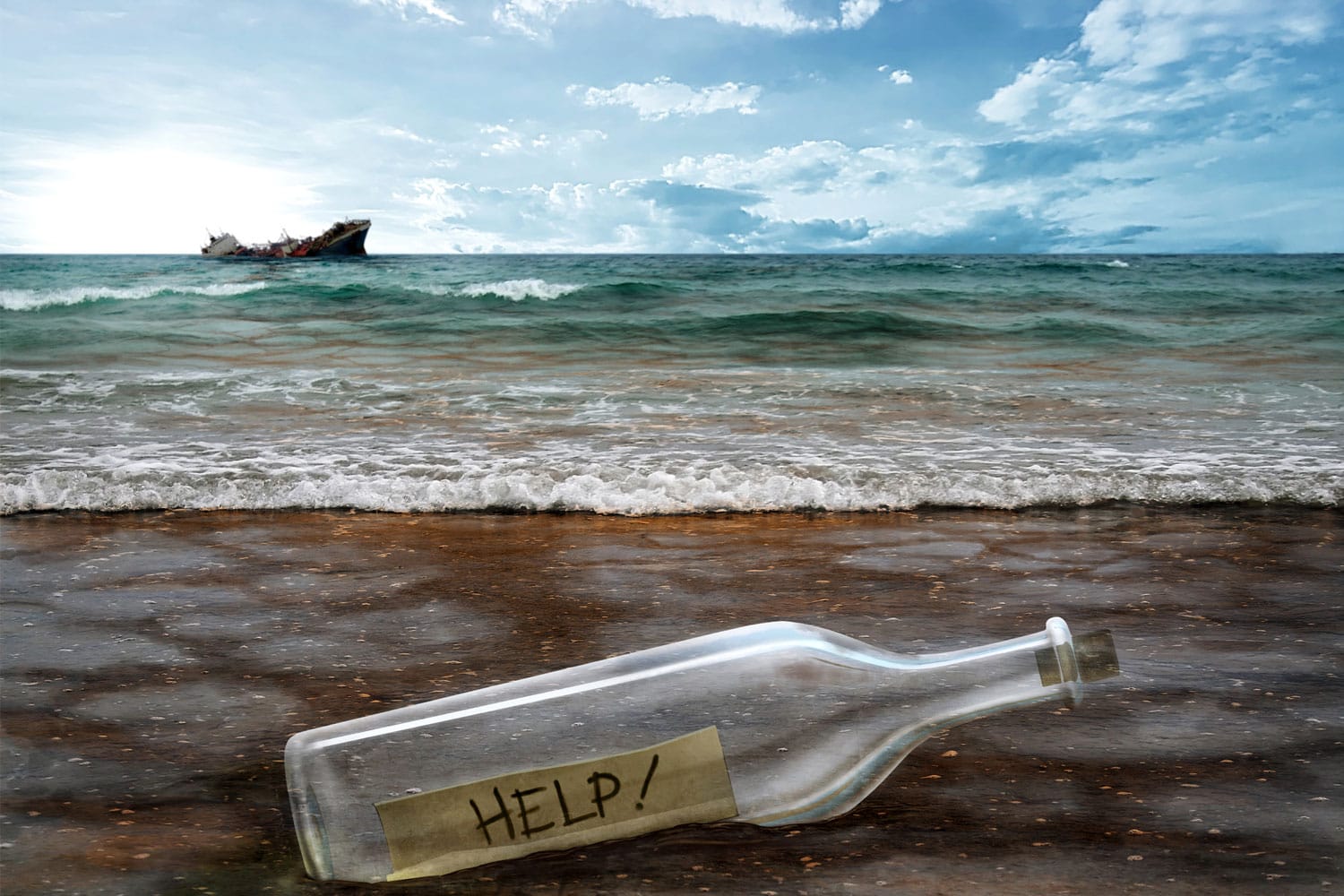

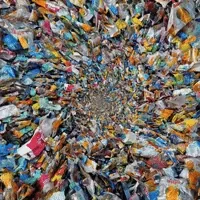


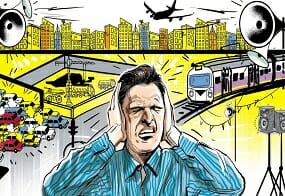
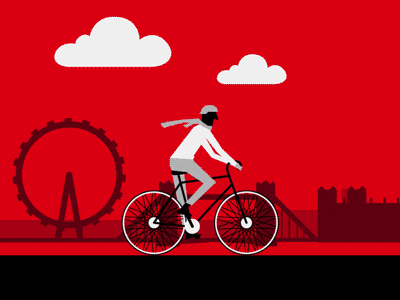

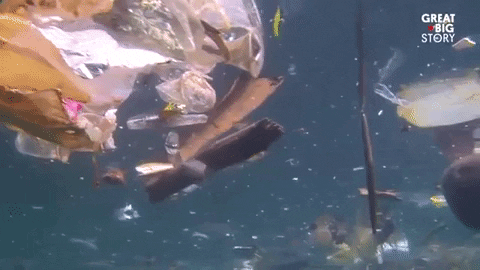
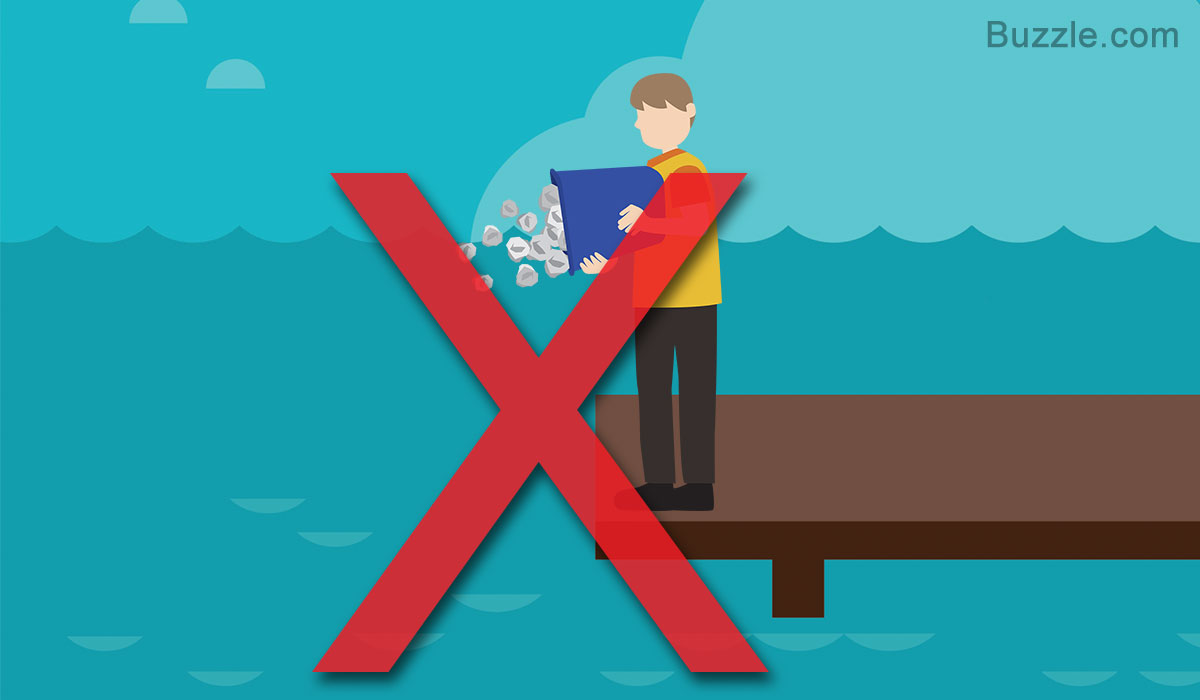



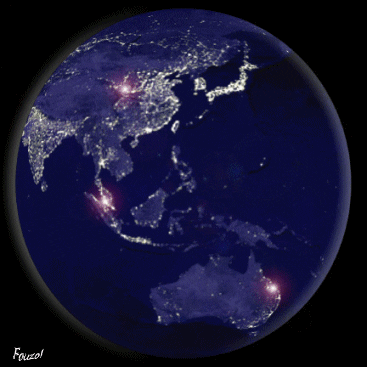
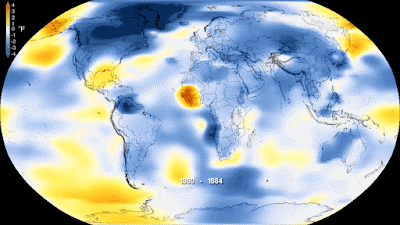
Comentarios
Publicar un comentario